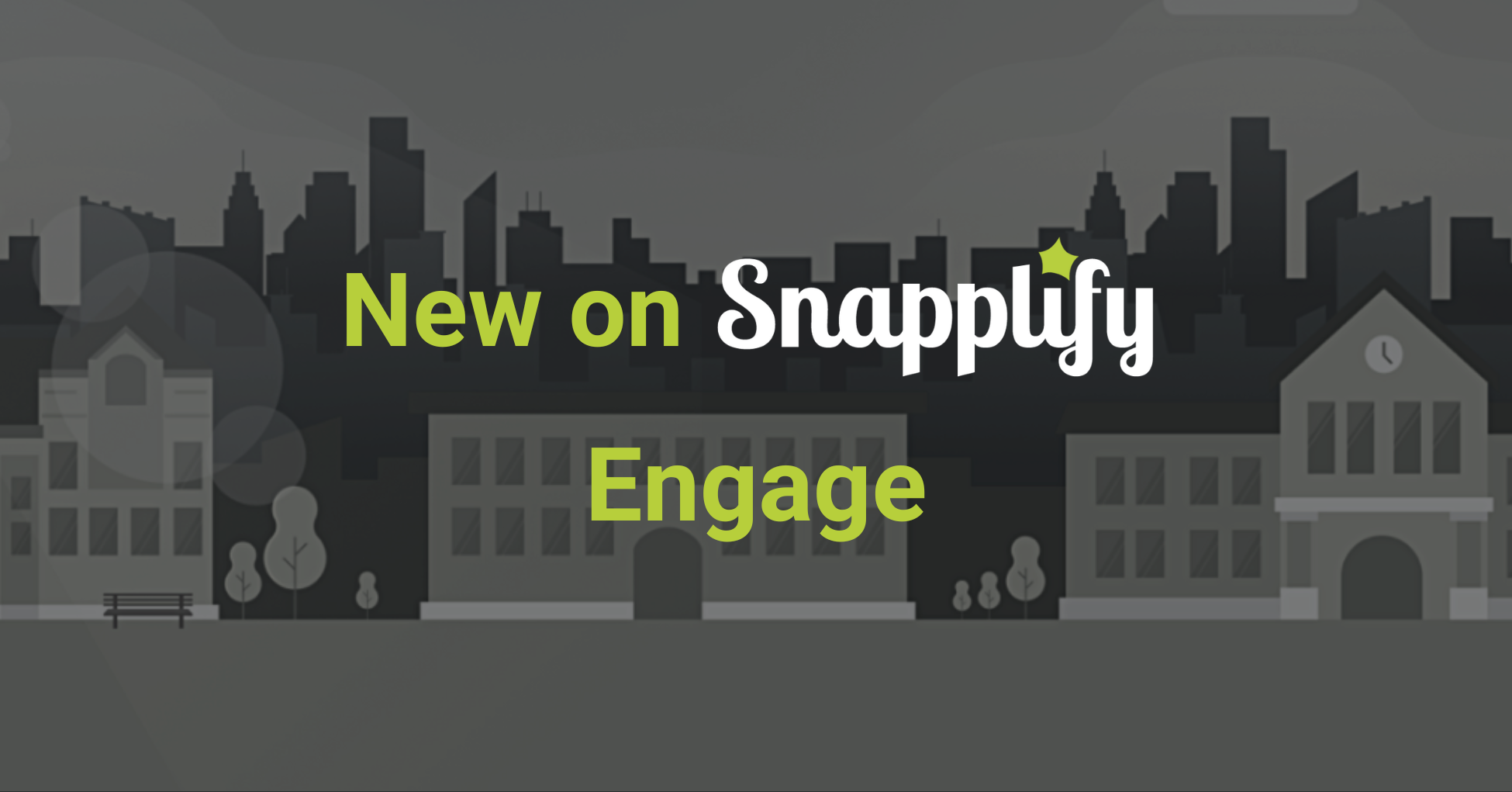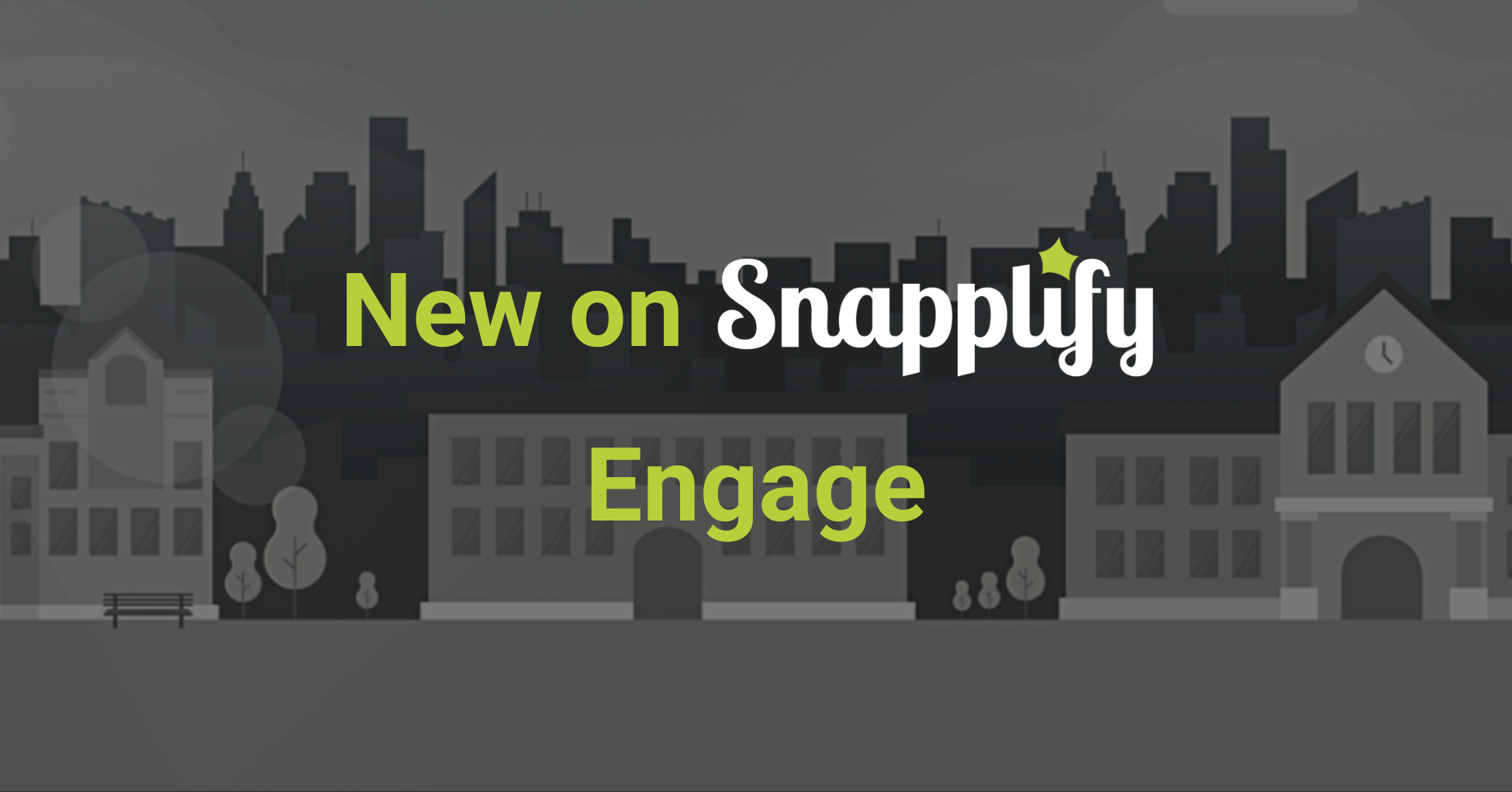Snapplify’s Edtech Teacher Stephen Bestbier encourages educators to reflect on the reasons we teach
Before joining Snapplify, I was a teacher for 14 years. At the beginning of each year, as my high school English students took to their seats and stared up at me, waiting for instruction, I would ask them, ‘What are we doing in this class? What are we learning this year?’ Each year I received the same variety of answers (punctuation, poetry, spelling, Shakespeare …) and the same shocked faces when I told them they were wrong.
We all need to know the purpose behind our pursuits if we are to find them worthwhile and meaningful. If what we’re teaching or studying doesn’t seem relevant, we’re likely to feel discouraged. So what are we actually trying to achieve in the classroom every day?
The four Cs of 21st-century learning
We know that the world is very different to what it was 50 years ago. If the education system is to prepare students for today’s working world, we must adapt our educational approach to align with real life. As Franklin D Roosevelt said, ‘We cannot always build the future for our youth, but we can build our youth for the future.’Many educators will already be familiar with the Four Cs, put forth by the United States-based Partnership for 21st Century Skills (P21) more than a decade ago. This is a set of skills that have been identified as essential for the next generation to succeed, both in their careers and as citizens, in the 21st century.
These Four Cs are: critical thinking, creativity, collaboration, and communication.In the Information Age, where digital and media literacy are more important than ever; in an interconnected world, where technology facilitates meaningful teamwork across cultures and countries; in a global economy, where tasks are automated and innovation is rewarded, every interaction calls for a combination of some or all of these skills.
As an English teacher, I worked through a curriculum that included reading, creative writing and grammar. But at the end of the day, this was not what I really taught, and not what I hoped my students would ultimately take away. Rather, my class was about teaching creative, cognitive and communication skills. When my students understood this too, whether we were working our way through Macbeth or considering transitive and intransitive verbs, the English class came alive for them.
The fifth C: courage
I also believe that courage is as important in today’s world as critical thinking, creativity, collaboration, and communication. Courageous people are not conformists, but rather, are able to take healthy risks to achieve their goals. There are few times in history that learners have had to face a future as uncertain as ours. The implications of the rapid changes taking place in world politics, the global economy and even the climate mean that it becomes increasingly difficult to prepare for an unpredictable future.
So much of the teaching year can get bogged down by pushing students to get a passing percentage on their final reports, but let’s not forget that, so often, the pursuit of good marks cloaks the true value of education. A valuable education system is not one which churns out A students, but rather, one which sends students into the world with essential skills and a strong sense of self-esteem, so they are able to flourish.
But how do we teach courage? To teach courage, we have to have courage, and teach by example. There are many ways educators can model courage in the classroom on a day-to-day basis. Embracing technology, especially technology they may not be familiar with, is just one example of how brave and brilliant teachers have relinquished control in the classroom in favour of courage. By modelling risk-taking and ‘successful failure’ – dealing with the discomfort and disappointment of failing, in a way which allows us to grow and learn – we can show students how to avoid shrinking into shame and self-doubt, and to continue with self-awareness and steadfast determination on the road to success.
Before we get swept away by educators’ daily admin, let’s take some time to reflect on educational outcomes – why we’re here, what we’re really doing. Beyond the lesson plans that take so long, beyond all the assignments and endless marking, is a love for learning and a deep desire to make a difference. Let’s pick that purpose up, put it in our pockets, and carry it into our classrooms every day. You’ll be amazed at the energy and excitement it’ll bring you and your students.
Email education@snapplify.com to chat about your specific needs and how we can work together.


